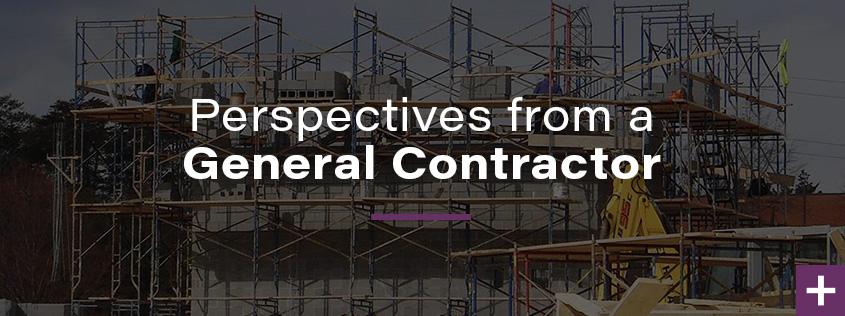
Navigating 2024: Trends and Outlook in Commercial Construction
KasCon closely monitors trends and their impact on our business to ensure we can effectively serve as managers and advisors for our clients and their projects.
As we step into 2024, the commercial construction landscape has begun to stabilize in several areas and reached a new normal while other elements continue to evolve. In this blog post, we’ll highlight how we expect various factors to impact commercial construction, including: supply chain and materials pricing; interest rates; and labor and regulatory challenges. In addition, we will discuss our thoughts on the direction of various market sectors within commercial construction.
- Supply Chain and Materials Pricing: The stabilization of supply chain issues and materials pricing is noteworthy. Both are now more predictable compared to the years immediately after the pandemic, though lead times are still longer, and prices higher, than pre-pandemic levels. This poses challenges for the market in aligning construction costs with rental and real estate purchase rates.
- Interest Rates and Real Estate: An anticipated downward trend in interest rates could drive increased investment in the real estate market. Though construction costs remain high, the shift in interest rates may influence deals and offer opportunities for both buyers and sellers. If short-term seller financing is an option, deals may have a greater likelihood of closing as there is optimism that a positive re-finance in the 4–5-year window is plausible.
- Staffing and Labor: Finding talent continues to be a challenge and we expect ongoing pressure on salaries and overall compensation through 2024. As a result of the labor shortage, we see less experienced talent in areas of responsibility among many commercial real estate influencers. This can result in extended timelines, and a need for more collaboration to be certain that some experience is brought to an issue. The labor shortage trend appears to be slowing, and we expect to see at least a slight increase in talent availability by year’s end.
- Processes and Regulations: Regulatory hurdles continue to impact construction timelines and costs. Energy efficiency and stormwater management regulations continue to significantly drive-up construction costs. There seem to be more disagreements between the code interpretations of plan reviewers and inspectors seemingly caused by labor shortages, and perhaps experience as discussed in the Staffing and Labor section above. This adds an additional layer of complexity to the approval process.
While commercial construction activity continues, the volume varies dramatically by market segment.
- Office: The Office market continues to be significantly affected by the reality that hybrid and remote work environments are here to stay. Class A spaces outperform other classes, and tenants not in large growth industries are downsizing at time of renewal. Construction costs seem to be extending lease durations.
- Industrial: The industrial sector, which experienced highs during the pandemic, is cooling off, as it appears some as companies may have overbuilt. The sector nevertheless remains active, particularly for companies requiring complex logistics and transportation access.
- Healthcare: The healthcare sector remains strong, driven by high demand and stable long-term occupancy. Consolidation within the industry is fueling deals as larger organizations tend to have the cash and wherewithal to forge ahead with projects despite budget challenges. We anticipate a robust market for healthcare-related construction projects will continue in 2024.
- Retail: Despite the changing retail landscape, retailers still express a desire for more shelf space. Cash-rich chains with long-term leases are expected to dominate, emphasizing the importance of financial stability in navigating the retail sector.
Traversing the complex landscape of commercial construction in 2024 requires adaptability and strategic decision-making. Supply chain stabilization, fluctuating interest rates, evolving office dynamics, and sector-specific trends underscore the importance of working with partners who are agile, experienced, and understand the challenges all parties are facing in the ever-changing world of commercial construction.



